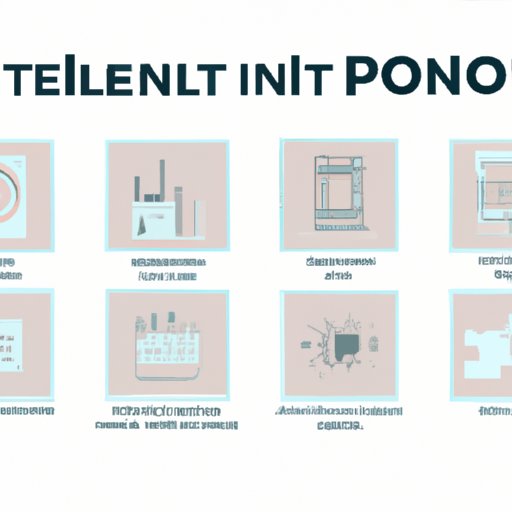Introduction
A talent portfolio is a collection of materials that showcases your skills, expertise, and accomplishments. It can be used as a tool to demonstrate your abilities to potential employers, clients, or collaborators. By creating a talent portfolio, you can highlight your unique skillset and make yourself stand out from the competition.

Section 1: Identify and Highlight Your Unique Skillset
The first step in creating a talent portfolio is to identify and highlight your unique skillset. Begin by brainstorming all of the talents and abilities that you possess. Take some time to evaluate your strengths and weaknesses and determine which skills are most relevant to your desired career path. Then, think of ways to showcase these skills in a portfolio. For example, if you’re a graphic designer, you could include designs that you have created, or if you’re a writer, you could include samples of your work.
Section 2: Gather Examples of Your Work
Once you have identified the skills that you want to showcase, the next step is to gather examples of your work. This could include anything from writing samples and design portfolios to awards and certifications. Spend some time collecting relevant materials that demonstrate your abilities and determine which examples you should include in the portfolio. It’s important to keep the portfolio updated regularly so that it reflects your current skills and experience.

Section 3: Develop an Online Presence
In today’s digital world, it’s important to have an online presence. Creating a website or blog is a great way to showcase your work and connect with potential employers or clients. Additionally, utilizing social media platforms such as LinkedIn, Twitter, and Instagram can help you build a network of contacts and stay up to date on industry trends.

Section 4: Stay Up To Date With Industry Trends
To stay competitive, it’s essential to stay up to date with industry trends. Research current trends and developments in your field and make sure to incorporate them into your portfolio. You should also strive to develop relationships with professionals in your industry so that you can stay informed about job openings and other opportunities.
Conclusion
Creating a talent portfolio is an important step in showcasing your skills and demonstrating your value to potential employers. By identifying and highlighting your unique skillset, gathering relevant work samples, developing an online presence, and staying up to date with industry trends, you can create a portfolio that will help you stand out from the competition.
(Note: Is this article not meeting your expectations? Do you have knowledge or insights to share? Unlock new opportunities and expand your reach by joining our authors team. Click Registration to join us and share your expertise with our readers.)
